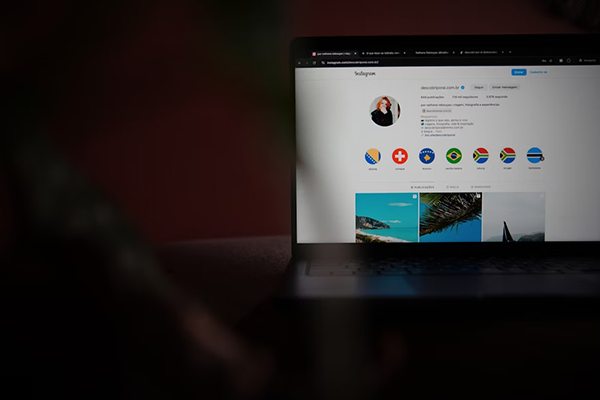
It’s almost unbelievable how easy it is for your credentials to get leaked in 2025. Due to the sheer volume of online accounts and widespread data breaches, your login details can easily end up being exposed without you ever noticing – and this puts you at a high risk of identity theft, financial fraud, account takeovers, and more.
So, why does your personal data end up exposed in the first place?
There are many ways in which your credentials can get leaked online, but it’s typically a mix of poor security practices, increasingly aggressive cybercrime tactics, and the sheer number of online services we all use in 2025.
According to a recent study, the average person uses approximately six to ten different online services or platforms daily, and this constant activity creates countless opportunities for your personal data to be compromised. Your credentials are being used for all of these accounts, and if just one of those services suffers a breach, you could unknowingly have your email, password, location, and even financial details circulating on the web within hours.
But even if you avoid breaches, another threat is quietly working in the background: data brokers.
Every time you go on the internet, you’re leaving a digital footprint that can be tracked across every website, with data brokers harvesting everything from your search queries and purchase history to your device information and IP address. And this information isn’t just being used for ads anymore. On the contrary, data brokers are now fuelling a much broader, more invasive ecosystem, where your online habits are being used to understand who you are and target you with scams.
In short, your data is being used in ways that go far beyond convenience or ads—making privacy management a daily necessity.
You’re likely asking at this point: okay, so how can I delete my information online as quickly as possible? And you’re right to ask this, because there’s no time like the present. In 2025, there are more tools and resources than ever before to help you take control of your credentials, with the most impactful being opt-out services.
If you discover your credentials have been leaked—or you just want to minimize your exposure—opt-out tools are a powerful first step.
These are platforms that can request the removal of your personal data from a variety of sources across the web, helping to essentially delete your presence from the internet and get you back to being a more private, secure user. As well as this, it can also be a good idea to delete old accounts, adjust your privacy settings, use disposable phone numbers for online shopping, and leverage any automated tools that work to clean up your digital footprint without the heavy lifting.
Alongside these services, deleting old accounts, adjusting your privacy settings, and using disposable contact info can help reduce your visibility online.
Of course, removing your data is just one side of the coin. The other is keeping an eye on what resurfaces.
Once you’ve done all this, you’re still not completely safe, of course, so it’s crucial that you monitor the situation. The best way to do this is by carrying out a regular data audit, searching for your name, email addresses, phone numbers, and seeing where your data appears online.
You can also use services to be notified if your credentials are compromised in any future breaches, giving you a headstart in dealing with the problem and reclaiming control of your identity. It’s not a quick fix, of course. But these are the best, most efficient ways to make a difference to your online privacy in 2025.
These tools won’t prevent every leak—but they give you a crucial head start in containing the damage.
Prevention is just as important as cleanup when it comes to protecting your personal data. Strengthening your digital habits can go a long way in stopping credential leaks before they start.
Start with a password manager to generate and store strong, unique passwords for each of your accounts. This reduces the risk of a single breach exposing multiple logins. Then, enable two-factor authentication (2FA) wherever possible. Even if someone gets your password, 2FA adds a crucial layer of protection.
Avoid logging into personal accounts on public Wi-Fi unless you’re using a VPN. Open networks are a common entry point for cybercriminals looking to intercept your data.
Be more selective about where you share your information. Limit unnecessary signups and regularly audit your accounts, app permissions, and browser extensions. If you’re not using a service or tool, remove it.
These small changes don’t take much time—but they can make a major difference to your security. In a year where threats are evolving rapidly, staying proactive is key.
